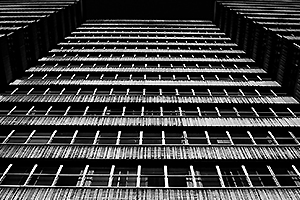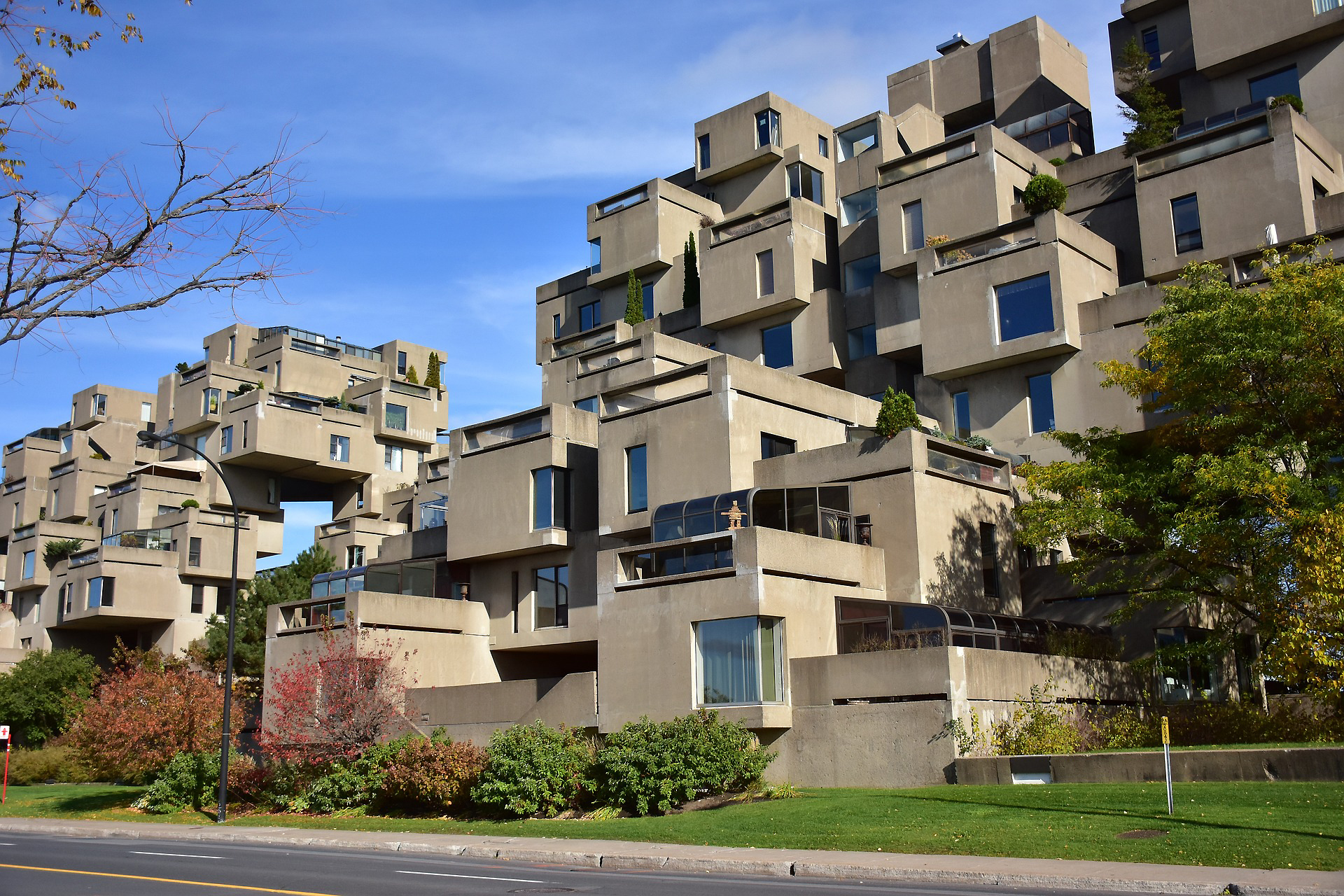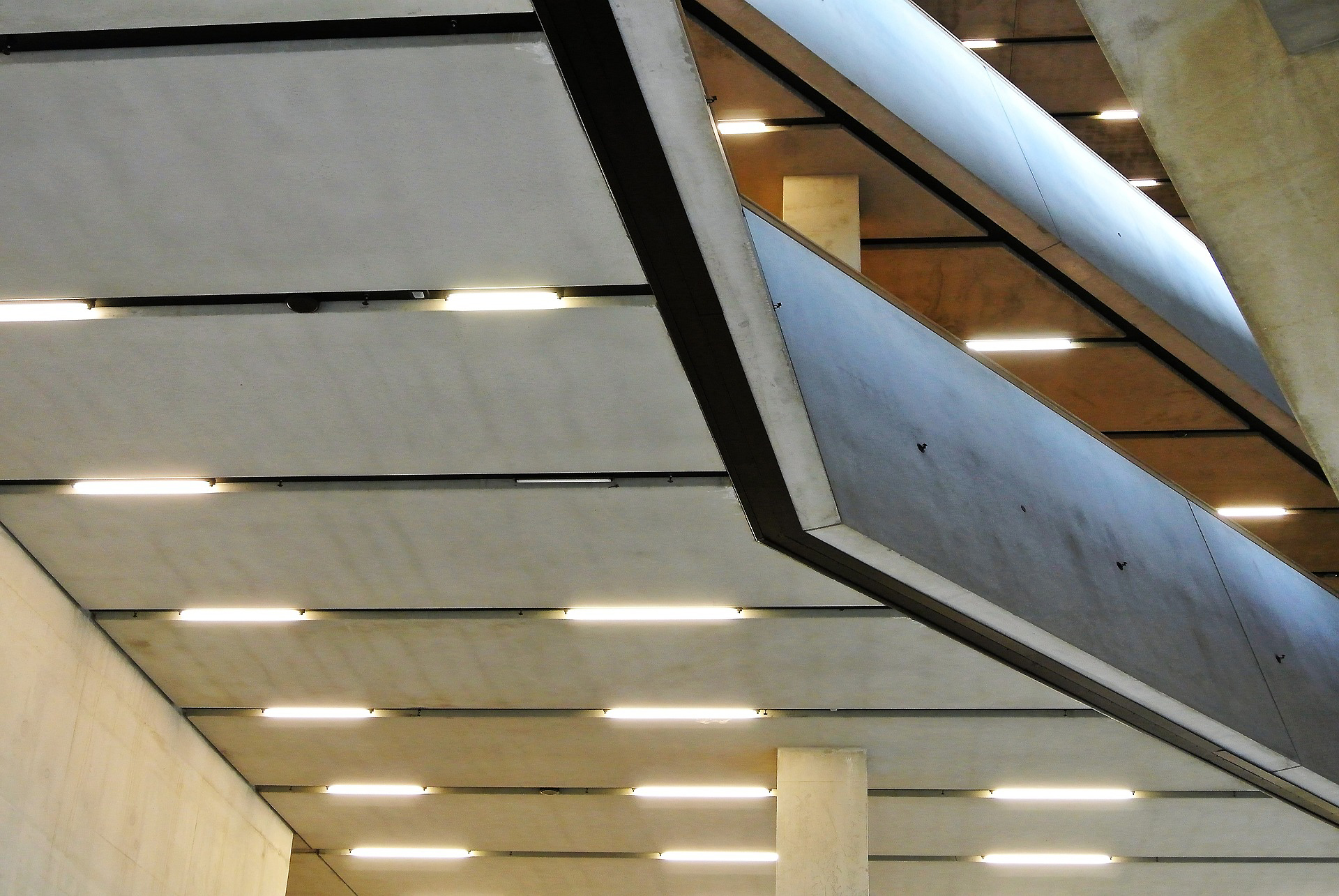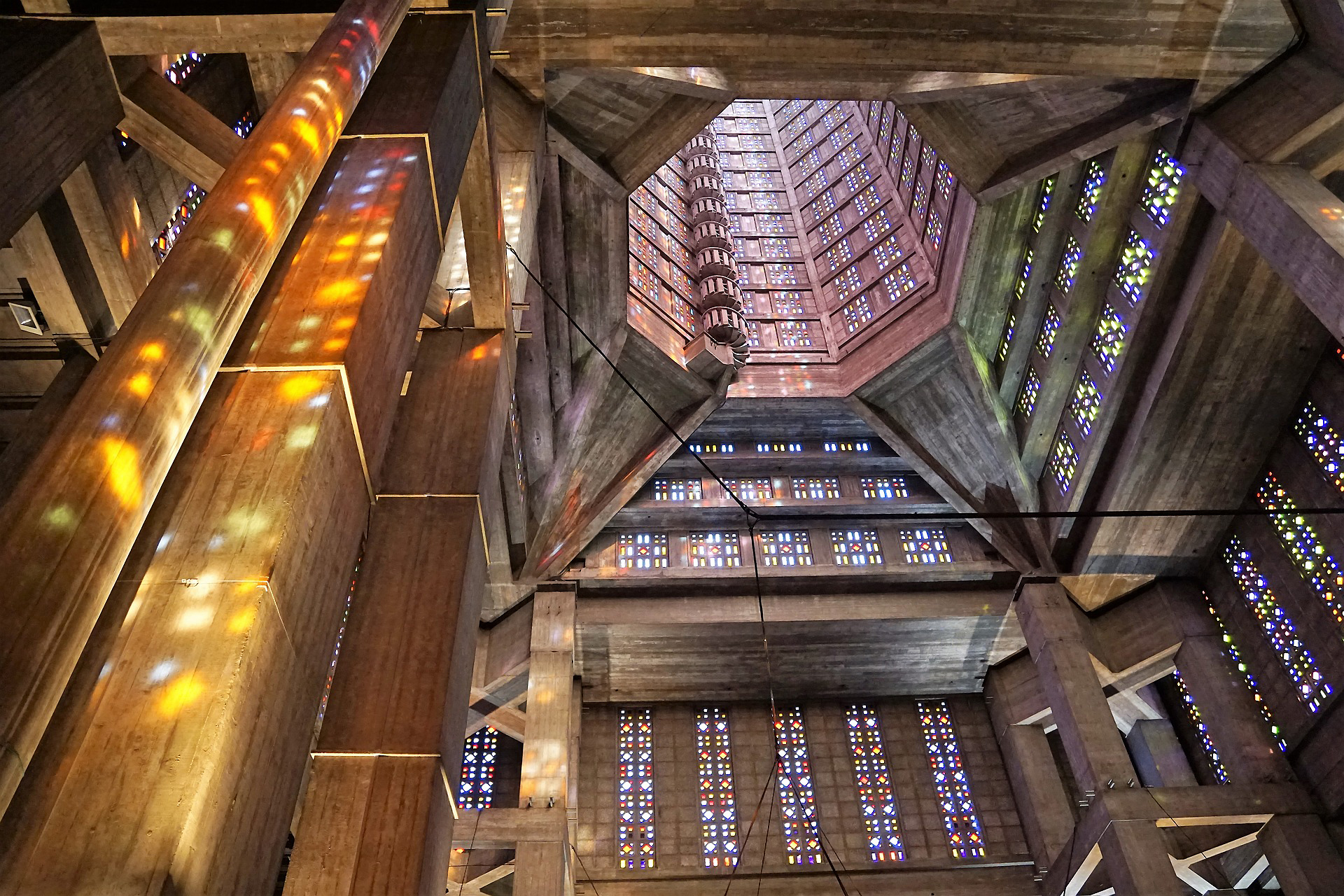
Modernists like to manipulate words, often “spinning” them into meanings that appear simple but are relatively obscure. For example, consider the modern misuse of the terms like “accompaniment,” “social justice,” or even “woke.”
Such is not the case with the architectural style known as “brutalism.”
The Architecture of Despair
Merriam-Webster defines brutal using the words cold, harsh, severe, unpleasant and lacking sensitivity. A bit further down the page, it refers to brutalism as “a style in art and especially architecture using exaggeration and distortion to create its effect (as of massiveness or power).”
While many might not be familiar with the word, few have escaped brutalist structures. A moment’s reflection will probably end the mystery. Anyone who imagines a cold, harsh, severe and unpleasant building probably envisions a brutalist structure.
When speaking of a building style, architects often discuss typical “elements.” Individual elements may be missing, but most will appear in a particular style. All of the following are elements of brutalism:
- Massive
- Primarily constructed of raw unpainted reinforced concrete
- Rough, unfinished walls
- Exposed structural mechanics—most often beams, ductwork and pipes
- Irregular shapes
- Lack of ornamentation
- Limited, if any, use of color
- Radically utilitarian
- Modular features that could have been constructed elsewhere and brought to the site
Ironically, the term brutalism does not refer to the assault on the senses that many such buildings represent. It comes from the French phrase for raw concrete, “béton brut.”
The Omnipresent Ugliness
Unfortunately, examples of brutalism abound. Between 1960 and 1980, many public officials and businesses passionately embraced the style. Its massiveness and expression of utility imply the institution’s overwhelming power, which enveloped individuals with a sense of being closed in, insignificant and uncomfortable.
One inspiration for this article was a glowing book review of the autobiography If Walls Could Speak by Moshe Safdie, a leading brutalist architect.
Mr. Safdie started his architectural practice in 1964 after graduating from Canada’s McGill University. The architectural world took notice of him in 1967 when his twelve-story Habitat ’67 was an exhibit at that year’s Montreal World’s Fair.
A Horrific Version of the Future
Habitat ’67 consists of identical prefabricated concrete modules connected in no apparent pattern. It is a revolution against every previous rule of architecture. The book mentioned above review describes it and its significance.
“Safdie took 354 prefab concrete modules and drew them together…. It defied the notion that a building was an object with a distinct shape; here there was no formal shape whatsoever, only agglomeration…. Habitat ’67 effectively abolished the traditional street and perhaps, if taken to its logical conclusion, the city itself. It anticipated a future in which human habitation itself might be transformed, where one would no longer think in terms of buildings and rooms but cells and capsules.” (Emphasis added.)

Indeed, Habitat ’67 broke the rules for the sake of breaking them. Still standing today, the building plunges the observer into a sea of disharmony. It is an architectural expression that reflects well the chaotic sixties and seventies, which became a hotbed of revolution.
A Sign of its Times
The Montreal World’s Fair opened at the same time San Francisco’s so-called Summer of Love splashed into the headlines and the imaginations of legions of “baby boomers” in their late teens and twenties. The following year was the time of the Sorbonne Revolution in Paris and riots in many American cities fueled by the anti-Vietnam War Movement. It was the age of LSD and other “psychedelic” drugs.
Other architects and city planners stood up and took notice of the change in mood. As the welfare state sought to address the problems of the crumbling central cities, they looked to the new brutalist style. While Habitat ’67 was too space-inefficient to be a model for the agents of Lyndon Johnson’s dreams of urban renewal, the lessons of its construction were useful.
A construction project that relies on reinforced concrete is fast and cheap. Builders can throw prefabricated sections together quickly. Covering up ductwork and plumbing with plaster and moldings was costly, but the new style made it unnecessary. The irregularity of brutalism freed architects and builders from the constraints of any single style. At last, utility could prevail over style; form could follow function as avant-garde architects had desired since 1900.
They also appreciated the symbolic aspect of the style that projected an image of massive government largess, radical egalitarianism and a revolt against the establishment.
Life in a Capsule
In the final evaluation, what were high-rise urban apartment buildings—especially those built to house the poor—but a series of “cells and capsules?” The bureaucracy decreed the removal of blocks of crumbling Victorian tenements and their replacement with scientifically designed “public housing projects” for millions of the poverty-stricken.
Brutalism also became the style of choice for socialist and communist tyrants. Their ideology rejected “bourgeois” concepts like beauty. The “party” discarded anything individual in the name of the “common good.” The necessity to house millions of interchangeable sources of labor meant the construction of ever more cells and capsules, each new building less human and more egalitarian than the one it replaced.

However, people want to live in homes, not concrete capsules. That home should be warm and inviting, not forbidding and cold. It should be a haven from the inhumanity of the outside world, not a soulless space to mold soulless people. So many rejected the urban planned nightmare of the “projects.”
Unfortunately, that rejection took a few years to come together. In the meantime, millions of brutalist city halls, police stations, courthouses, banks, college classroom buildings and office structures scarred the nation. These new buildings rejected humanity, so humans rejected the buildings.
Ecclesiastical Brutalism
Perhaps the most startling aspect of brutalism was how the post-Conciliar Church embraced the style. Echoing the urban planners, poured concrete “worship spaces” replaced hundreds of Victorian Gothic church buildings. In parishes that could not afford new buildings, the high altars, statues and painted surfaces gave way to ugly, plain, smooth and flat elements and beige-painted walls. The burlap and felt banners that hung from too many walls were the only pitiful attempts to humanize such places.
All of this was done because the “experts” said the new spaces lent dignity to the congregation. The Gothic style, in contrast, made worshippers feel “insignificant.” To inspire awe was to make the worship experience “impersonal.”
Of course, no one asked the people for whom the experts claimed to “advocate.” Congregations cried as the wrecking balls and hammers destroyed the beauty their grandparents and great-grandparents had sacrificed to create.

So, many members of these congregations “voted with their feet,” leaving such abominations in droves while others remained in the new alien spaces—but were never comfortable there.
No Idea is Too Bad to Return
Unfortunately, this disgusting style may be making a comeback. Among other places, its return is featured on the “My Modern Met” website.
“They say that trends are circular and what’s old becomes new again. This is true for fashion, music, and art. In the case of architecture, there’s no architectural style that exemplifies this principle better than brutalism. From the mid-twentieth century, this style rose in popularity before reaching its peak in the mid-seventies, when it came crashing down as a model of bad taste. But that’s all changing now, with a renewed interest and appreciation for this once derided architectural style.”
The increasingly totalitarian “woke” society needs an architectural style that expresses its repressive ugliness and class struggle philosophy. Brutalism might well be the choice.


